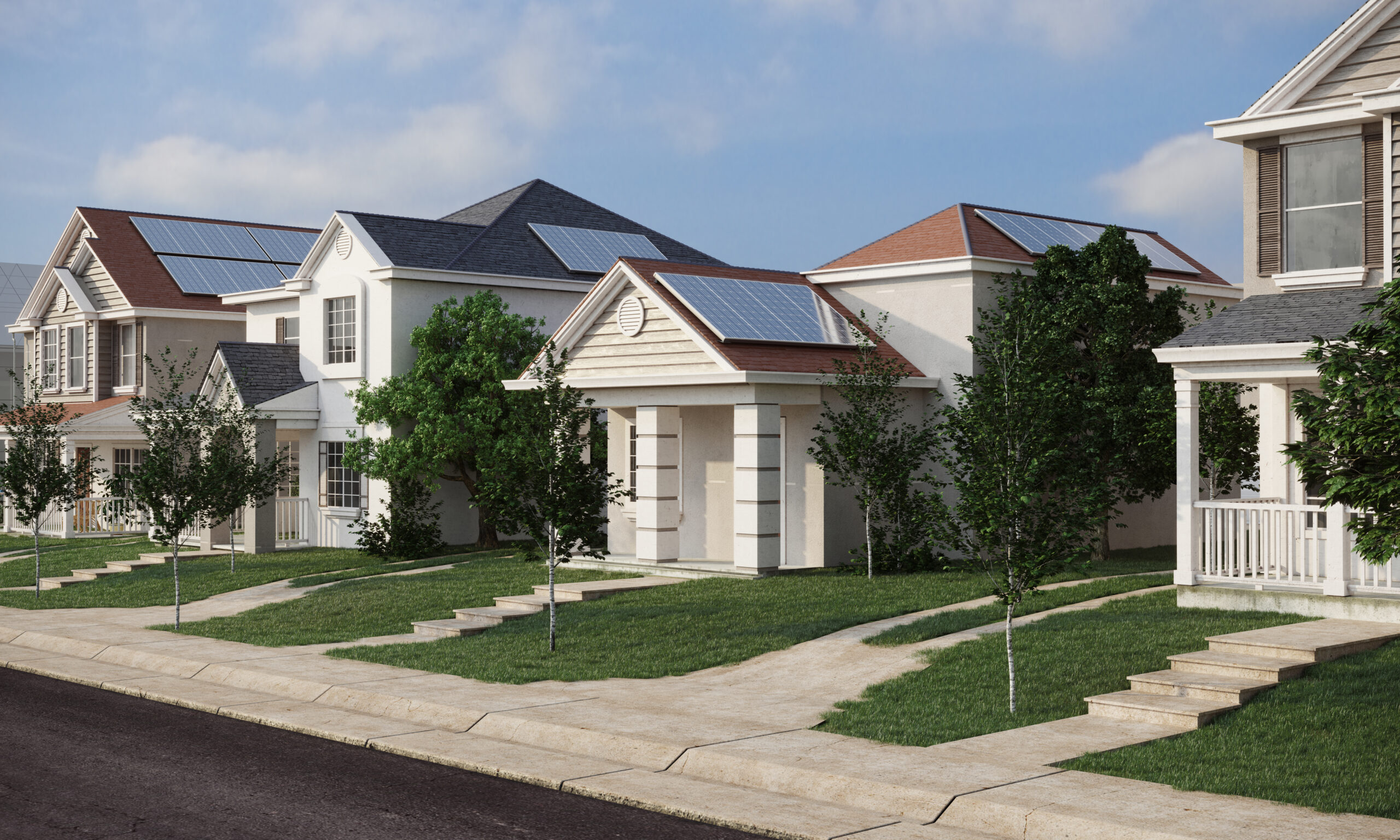
National Labs Study Finds Updated Building Energy Codes Save Lives in Face of Intensifying Climate Hazards
DOE analysis finds the 2021 International Energy Conservation Code can reduce deaths from extreme heat by as much as 80 percent.
On Thursday, July 13, the U.S. Department of Energy (DOE) published a new report “Enhancing Resilience in Buildings Through Energy Efficiency: Standardized Methodology and Resulting Analysis Demonstrating the Value of Codes and Above Code Measures to Hazard Resilience,” outlining the resilience benefits of the 2021 International Energy Conservation Code® (IECC) in response to more frequent and intense extreme weather events attributed to climate change.
The report was developed by a team of energy experts from DOE’s Building Energy Codes Program, Pacific Northwest National Laboratory, National Renewable Energy Laboratory and Lawrence Berkeley National Laboratory.
Energy Codes Are Essential in the Face of Extreme Heat
During July, heat alerts have affected over 100 million Americans across 15 states, from the western U.S. to the eastern seaboard. In many states, these heat waves come following other disastrous events such as severe flooding or hurricanes, further compounding the vulnerability and impacts on critical infrastructure and residents.
“Building energy codes are fundamental components of ensuring resilience to extreme weather hazards,” said Ryan Colker, VP of Innovation for the International Code Council. “With over 100 million people across the U.S. currently facing extreme heat, the National Labs’ finding that the latest edition of the IECC can curb heat-induced mortality by 80 percent is a clarion call for policymakers.”
Advancements Through the International Energy Conservation Code
The “Tri-Lab” report provides a standardized methodology and analysis demonstrating the value of the 2021 IECC (and green building standards that are above the model code stringencies) in protecting occupants from extreme temperatures due to power outages associated with hazard events.
The Tri-Lab study develops a methodology to quantify the resilience metric values to understand the effect of improving the building envelope on habitability, excess mortality, property damage and investment cost-effectiveness. The methodology accounts for the expanded value of efficiency investment by considering the:
- Hazard occurrence probability
- Passive survivability
- Occupant Damage
- Property Damage
- Operational energy use and emissions
- Associated monetary benefits and costs
The IECC’s improved envelope efficiency in buildings can permit occupants to shelter in place safely during a disaster-induced outage for more than four days, extending habitability by as much as 120 percent during extreme cold and 140 percent during extreme heat. These improvements will ultimately reduce deaths by up to 80 percent during extreme heat and 30 percent in extreme cold.
For new buildings, benefit-cost ratio values for meeting the 2021 IECC envelope requirements range from two to over six for single-family buildings, making a strong financial argument for adoption. The Inflation Reduction Act, provides $330 million to support the adoption and implementation of building energy codes that meet or exceed the 2021 edition of the IECC.
Additionally, June marked the one-year anniversary of the Federal Government’s National Initiative to Advance Building Codes (NIABC) to accelerate the consistent adoption and application of modern building codes across programs administered by federal departments and agencies.
The NIABC affirms that “modern building codes and standards provide a range of smart design and construction methods that save lives, reduce property damage and lower utility bills” — further substantiating the need for modern building code implementation.
Code on a Mission Challenge
The Tri-lab study results build on the previously identified energy and cost savings associated with energy codes and further support the Code Council’s Code on a Mission Challenge.
The challenge aims to get more than 115 million Americans (over a third of the U.S. population) covered by energy codes that meet or exceed the 2021 IECC by the end of 2023.
The Code Council is roughly two-thirds towards its target, with over 77 million Americans currently covered by the 2021 IECC or equivalent.
Visit the Code Council’s energy resource page and the DOE’s energy page to learn more.










